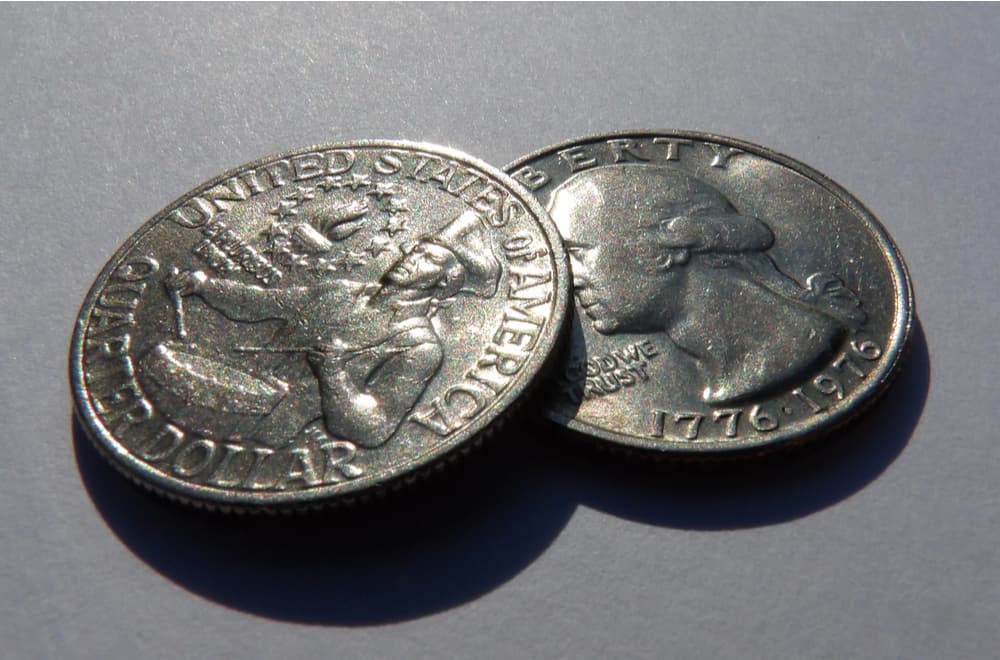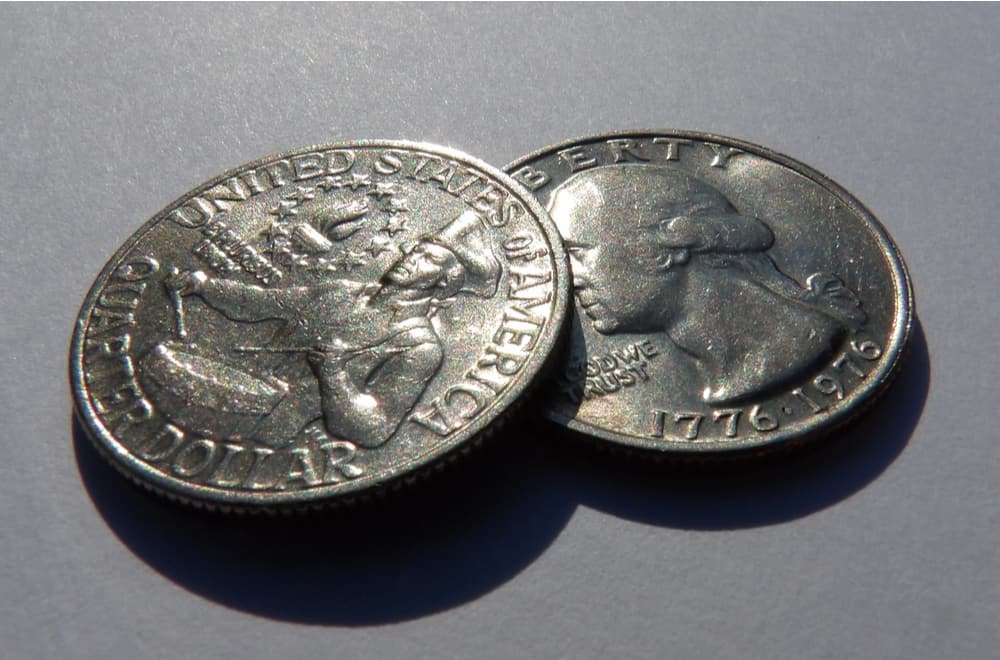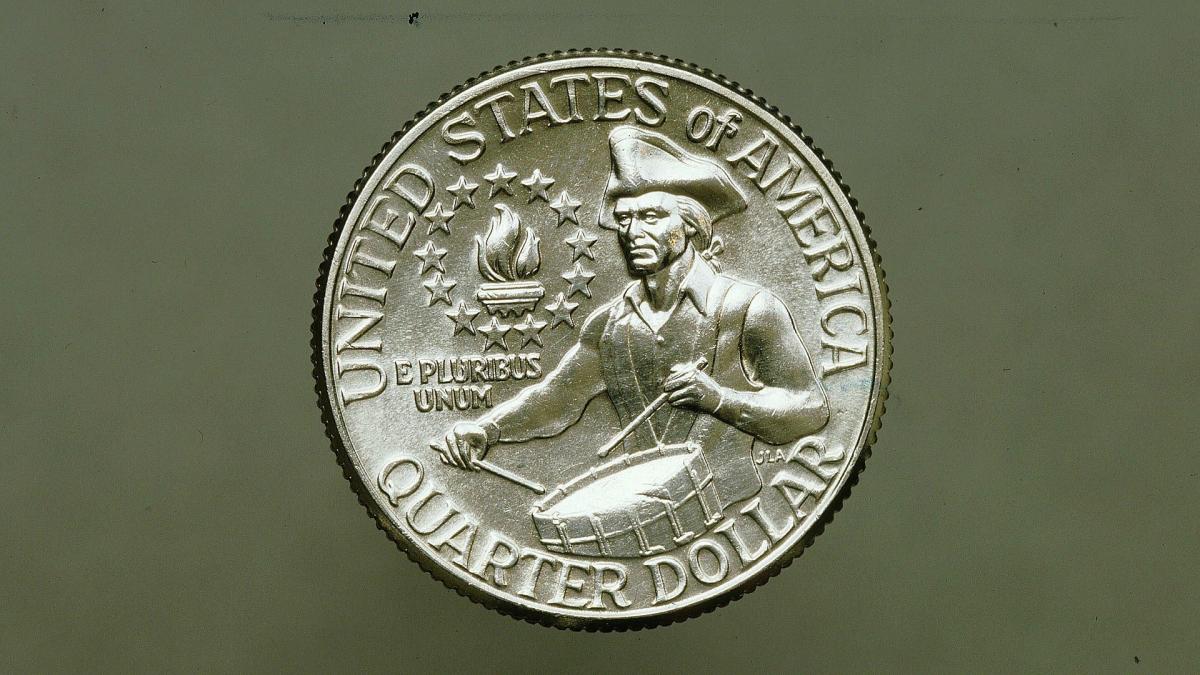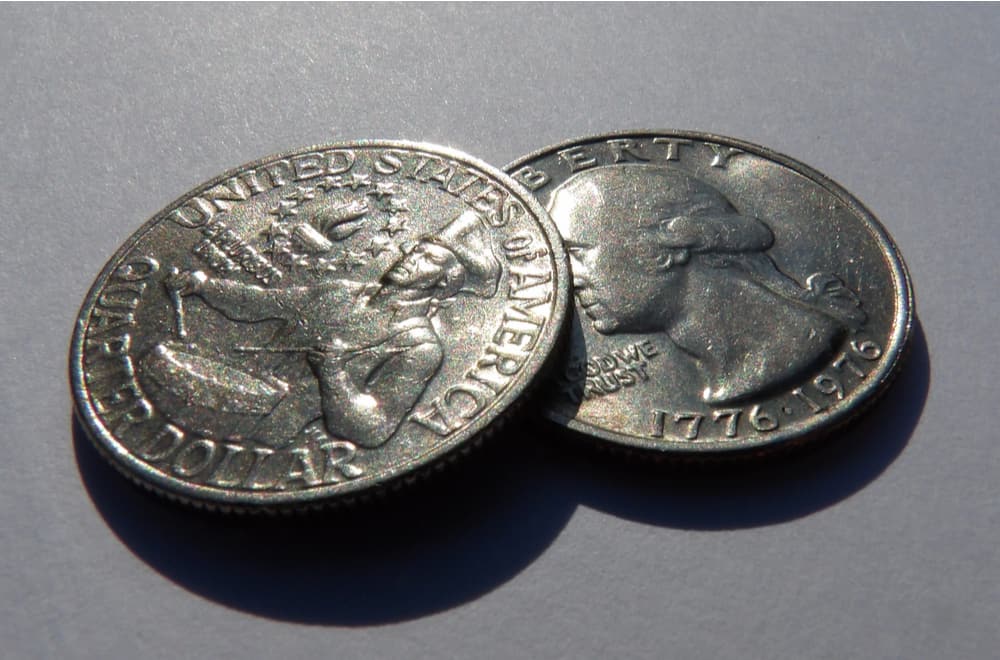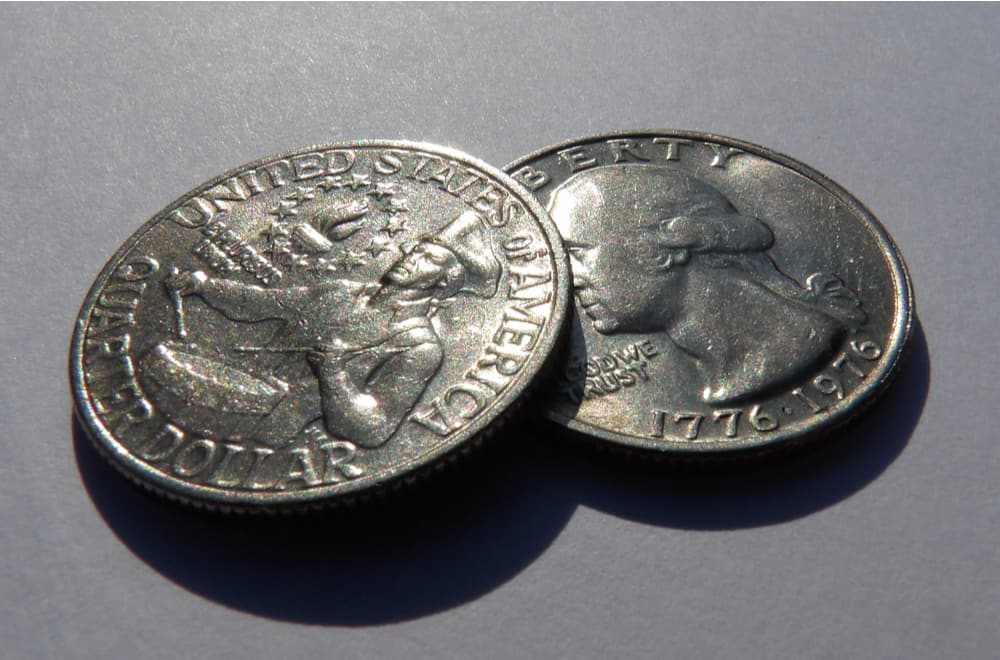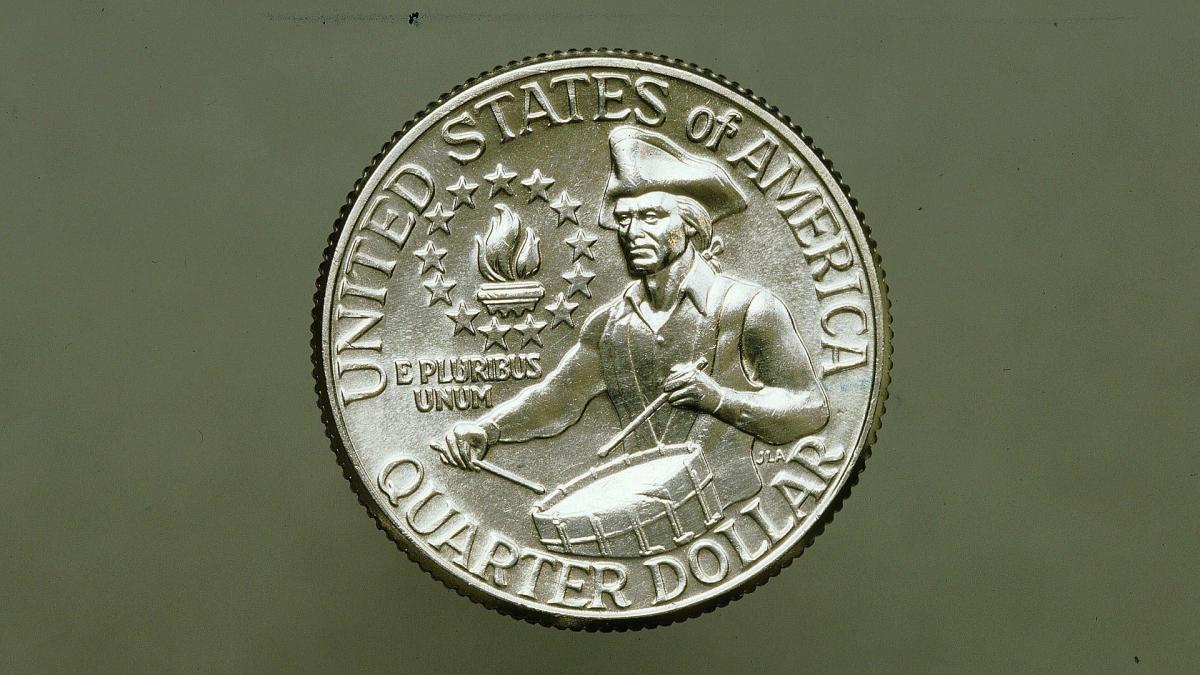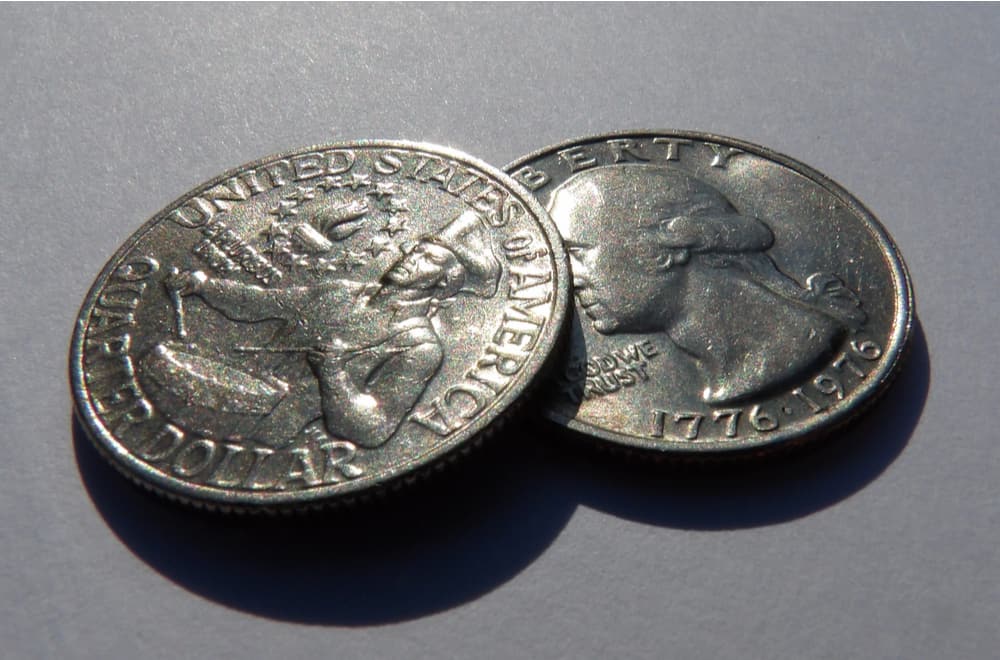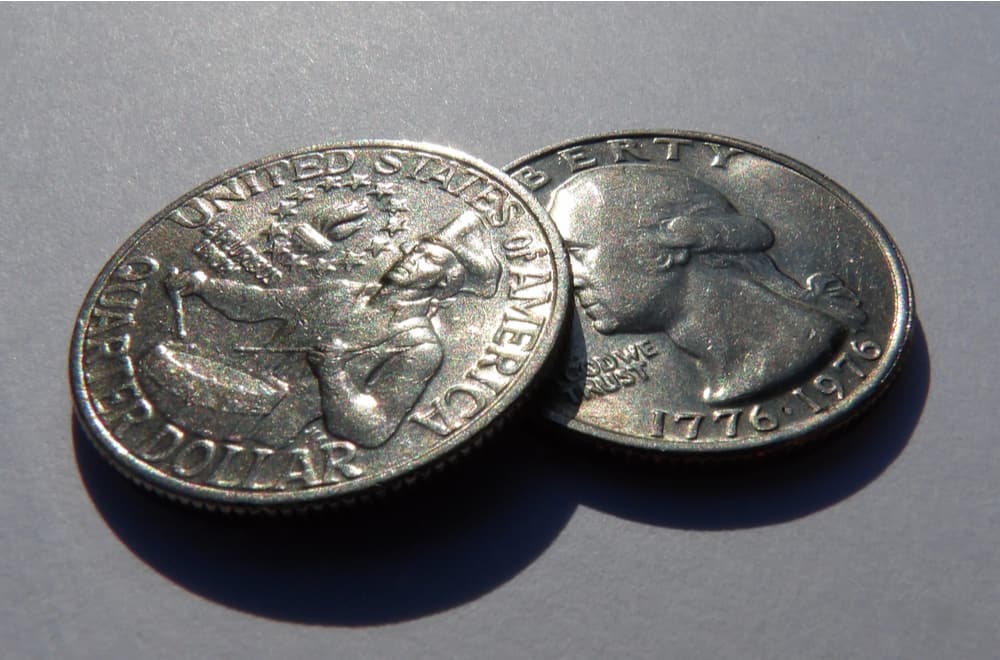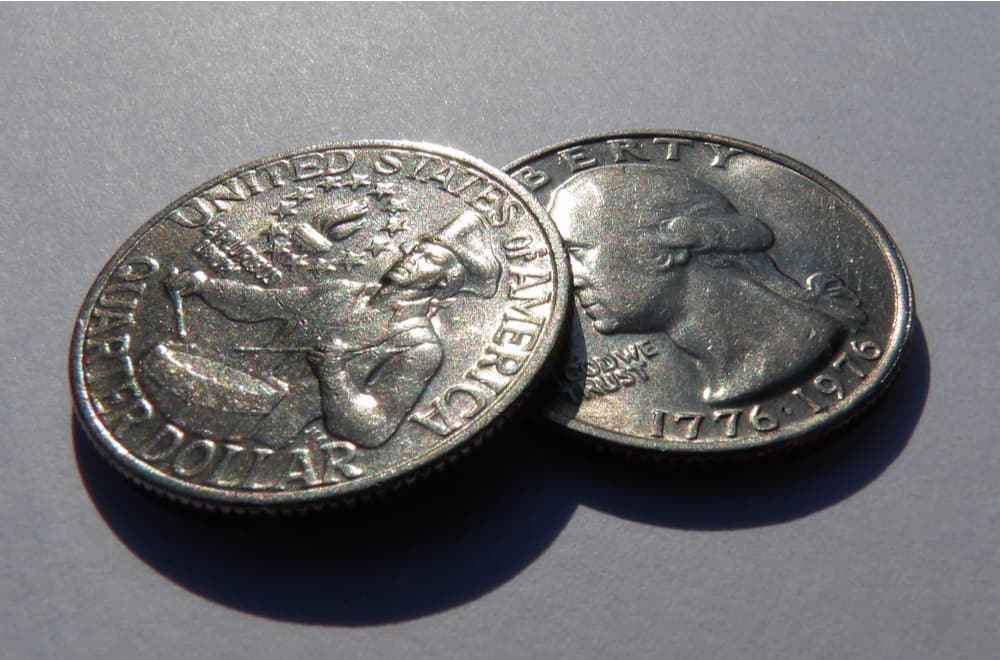Poached eggs, with their delicate texture and creamy yolks, are a staple in many kitchens.
However, achieving the perfect poached egg can be a daunting task for even the most experienced cooks.
From achieving the ideal water temperature to mastering the technique of egg cracking, there are numerous factors that can influence the outcome of your poached eggs.
But fear not, as this comprehensive guide is here to help you master the art of poaching eggs, ensuring that you can create flawless poached eggs every single time.
Understanding the Basics of Poaching Eggs
Poaching eggs is a cooking technique that involves gently simmering an egg in water until the whites are set while the yolk remains soft and runny.
This method of cooking requires precision and patience to achieve the perfect balance of textures.
To understand the basics of poaching eggs, it’s essential to consider the following factors:
Water Temperature: The ideal water temperature for poaching eggs is around 180 to 190 degrees Fahrenheit (82 to 88 degrees Celsius).
At this temperature range, the water is hot enough to cook the egg whites quickly without causing them to spread too much in the water.
Freshness of Eggs: Fresh eggs are crucial for successful poaching. Fresh eggs have firmer whites, which help them hold their shape better in the water.
Older eggs tend to have looser whites, making them more difficult to poach.
Vinegar: Adding a splash of vinegar to the poaching water can help the egg whites coagulate more quickly, resulting in a neater shape.
However, be cautious not to add too much vinegar, as it can affect the taste of the eggs.
Salt: Some cooks recommend adding salt to the poaching water to season the eggs. However, this is optional and depends on personal preference.
Mastering the basics of poaching eggs lays the foundation for creating perfect poached eggs every time.
Choosing the Right Equipment

Selecting the right equipment is essential for poaching eggs successfully.
While you don’t need any fancy gadgets, having the right tools can make the process easier and more efficient.
Here are some essential pieces of equipment for poaching eggs:
Saucepan: A wide, shallow saucepan is ideal for poaching eggs, as it provides enough space for the eggs to cook without crowding.
Avoid using a deep saucepan, as it can make it challenging to retrieve the eggs once they’re cooked.
Slotted Spoon: A slotted spoon is essential for gently lifting the poached eggs out of the water without breaking them.
Look for a spoon with a long handle and wide slots to make it easier to maneuver the eggs.
Egg Poaching Cups: While not necessary, egg poaching cups can be helpful for beginners who struggle to keep the eggs intact while poaching.
These cups hold the eggs in place, ensuring that they cook evenly and maintain their shape.
Timer: Timing is crucial when poaching eggs, so having a timer on hand can help you achieve consistent results.
Use a timer to track the cooking time and ensure that the eggs are cooked to your desired level of doneness.
By investing in the right equipment, you can set yourself up for poaching success.
Mastering the Technique

Achieving the perfect poached egg requires mastering the technique of egg cracking and gentle water swirling.
Here’s a step-by-step guide to poaching eggs like a pro:
Step 1: Fill a wide, shallow saucepan with about 2-3 inches of water and bring it to a gentle simmer over medium heat.
Step 2: Add a splash of vinegar to the water, if desired, and season with salt.
Step 3: Crack a fresh egg into a small bowl or ramekin, being careful not to break the yolk.
Step 4: Using a spoon, create a gentle whirlpool in the simmering water to help the egg whites wrap around the yolk.
Step 5: Carefully slide the cracked egg into the center of the whirlpool and allow it to cook undisturbed for about 3-4 minutes, or until the whites are set but the yolk is still runny.
Step 6: Using a slotted spoon, carefully lift the poached egg out of the water and transfer it to a plate lined with paper towels to drain any excess water.
Step 7: Repeat the process with the remaining eggs, adjusting the cooking time as needed to achieve your desired level of doneness.
Mastering the technique of poaching eggs takes practice, but with patience and perseverance, you can become a poaching pro in no time.
Serving and Enjoying Poached Eggs
Once you’ve mastered the art of poaching eggs, it’s time to enjoy the fruits of your labor.
Poached eggs can be served in a variety of ways, making them a versatile addition to any meal. Here are some delicious serving suggestions for poached eggs:
Eggs Benedict: Serve poached eggs on top of toasted English muffins, Canadian bacon, and hollandaise sauce for a classic Eggs Benedict.
Avocado Toast: Top a slice of toasted bread with mashed avocado, sliced tomatoes, and a poached egg for a nutritious and satisfying breakfast or brunch.
Salad: Add poached eggs to a bed of mixed greens, roasted vegetables, and crispy bacon for a hearty and flavorful salad.
Ramen: Elevate a bowl of ramen noodles by adding a poached egg, sliced scallions, and a drizzle of soy sauce for a comforting and filling meal.
Regardless of how you choose to serve them, poached eggs are sure to impress with their delicate texture and rich flavor.
Other Stories You May Like
Conclusion
Mastering the art of poaching eggs requires patience, practice, and attention to detail.
By understanding the basics of poaching, choosing the right equipment, mastering the technique, and exploring creative serving options, you can create flawless poached eggs every single time.
So, don’t be intimidated by this classic cooking technique—grab your saucepan and eggs and start poaching your way to egg-cellence!






